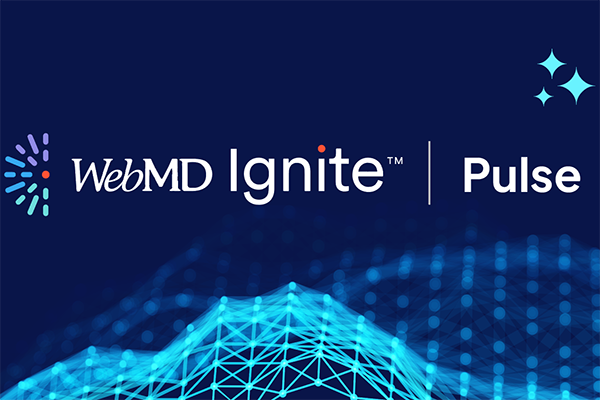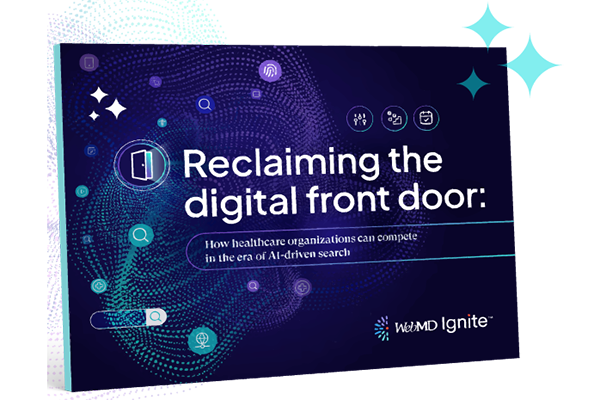Patient education goes from passive to active

The future of patient education: from passive watching to active learning
In today’s healthcare landscape, patient and member education isn’t just about providing information — it’s about creating understanding. Health consumers are more digitally connected and information-savvy than ever, but they’re also overwhelmed. Between search engines, social media, and endless video content, finding trusted answers can feel like navigating a maze.
For patient education, care managers, and experience leaders — whether at a health system or a health plan — this presents both a challenge and an opportunity: How do you cut through the noise, deliver information that builds confidence, and create experiences that truly engage patients, members, and caregivers in their health journey? How do you ensure that education is inclusive, accessible, and effective for every audience?
Static content doesn’t cut it anymore
Traditional educational materials — from brochures to one-way videos — have long served as the backbone of patient and member communication. But these formats assume a passive audience. They present information, yet they rarely adapt to the viewer’s curiosity, level of understanding, or next question.
Think about the typical health education video. It might do a great job explaining a condition or procedure, but once it ends, the engagement ends too. There’s no dialogue, no feedback loop, no easy way for a viewer to dive deeper or connect to the next step.
Today’s audiences expect more. They don’t just want to be told — they want to explore. They want information that responds rather than simply informs, and content that feels personal instead of generic.
This shift marks a turning point — a moment to rethink education as a dynamic exchange that deepens understanding and builds confidence. For organizations leading education and experience, it’s an opportunity to replace passive consumption with genuine engagement.
Optimize learning by turning information into interaction
Imagine a digital experience where someone watching a video about knee replacement can click to ask questions in real time about recovery timelines, pain management, or what to expect after discharge — all within the same interactive window. Or where a member learning about hypertension management can tap a marked chapter to skip straight to the lifestyle tips they care about.
Now imagine that same experience, adapting seamlessly to someone’s preferred language — offering real-time translation or captions that make complex health information easier to understand and act on. Because meaningful education isn’t just about accessibility; it’s about inclusivity, equity, and understanding for every audience.
This kind of intelligent interactivity transforms education from a static moment into a living conversation. It invites the user to participate, guiding them through content that adjusts to their interests, needs, and language preferences — while still grounded in clinically reviewed, trusted information.
It’s not about adding more content. It’s about creating smarter pathways for learning and engagement.
Now know what content truly resonates — and refine it
Engagement is more than a metric; it’s a measure of understanding, trust, and confidence. Interactive education encourages curiosity — and when individuals are curious, they’re more likely to stay engaged, retain information, and take meaningful action in their health journey.
At the same time, interactivity gives education and experience leaders something static materials can’t: actionable insights into engagement and comprehension — all without collecting PHI. These insights reveal what content resonates, where learners lean in, and where they may need more support. Organizations can track performance over time, identify patterns, and continuously refine educational strategies to drive measurable impact and better outcomes.
For healthcare organizations, that means better-prepared patients, stronger connections to services, and tangible improvements across the care continuum. For health plans, that means more informed members, higher engagement in preventive care, and stronger alignment between education and healthier outcomes. When learning becomes participatory, it strengthens relationships — not just between patients and providers, but between people and their own well-being.
Final thought
The future of health education is intelligent, interactive, and inclusive. As AI and personalization continue to shape digital experiences, the healthcare industry has an opportunity to lead by blending clinical expertise with intuitive, responsive content design.
The result is an educational experience that feels conversational, supportive, and human. One that turns information into empowerment, curiosity into comprehension, and engagement into lasting understanding. Because when individuals feel seen, informed, and empowered — and when education adapts to their needs, language, and comprehension — understanding grows. And that’s when education truly becomes care.
Learn more about interactive education here.




